In parallel with the crash tests, Euro NCAP has developed a new series of tests dedicated to assisted driving systems , with a specific assessment and classification protocol.
Increasingly common in today's cars (and paving the way for a future in which driving is expected to be autonomous), the objective is to reduce the confusion generated about the real capabilities of these technologies and ensure a safe adoption of these systems by the of consumers.
As the name implies, they are assisted driving systems and not autonomous driving systems, so they are not foolproof and do not have total control over the driving of the car.
Dr. Michiel van Ratingen, Euro NCAP Secretary General“Assisted driving technologies offer enormous benefits by reducing fatigue and encouraging safe driving. However, builders must ensure that assisted driving technology does not increase the amount of damage incurred by drivers or other road users when compared to driving. conventional driving."
What is rated?
Therefore, Euro NCAP has divided the assessment protocol into two main areas: the Competence in Assisting Driving and the Safety Reserve.
Subscribe to our newsletter
In Driving Assistance Competence, the balance between the system's technical competences (vehicle assistance) and how it informs, collaborates and alerts the driver is evaluated. The Safety Reserve assesses the vehicle's safety network in critical situations.
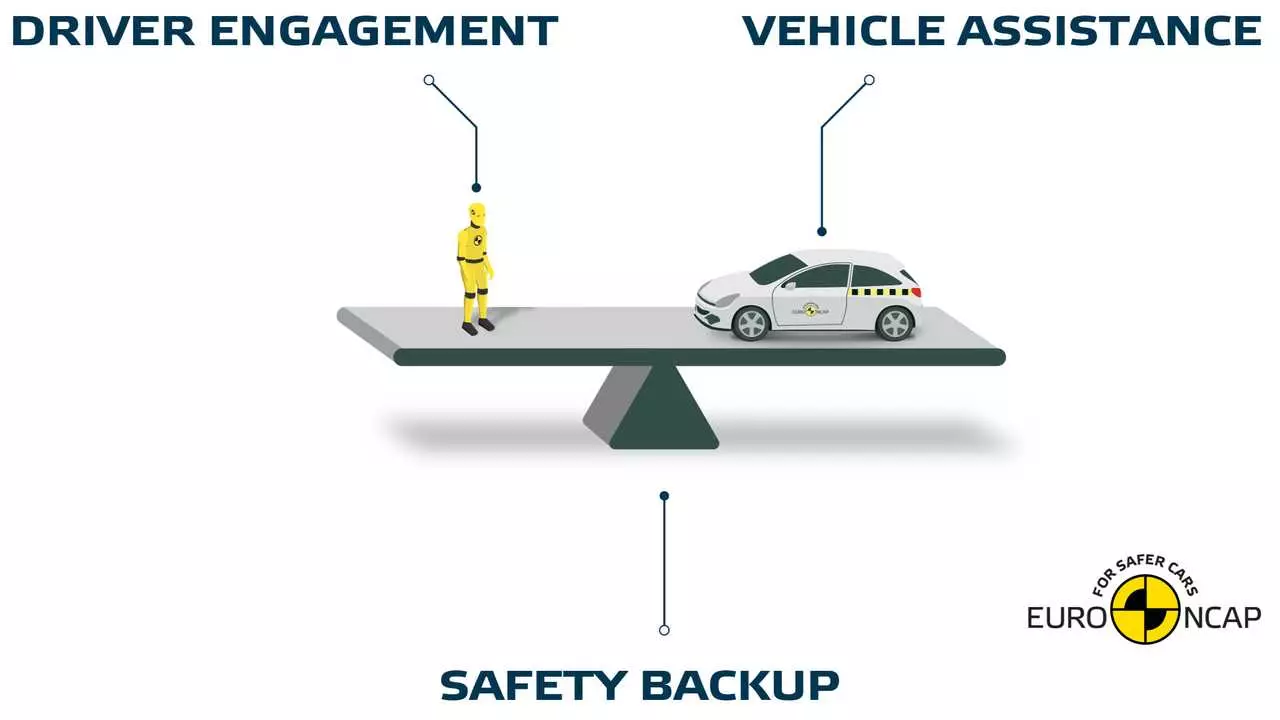
At the end of the assessment, the vehicle will receive a rating similar to the five stars we are used to from crash tests. There will be four classification levels: Entry, Moderate, Good and Very Good.
In this first round of tests on assisted driving systems, Euro NCAP evaluated 10 models: Audi Q8, BMW 3 Series, Ford Kuga, Mercedes-Benz GLE, Nissan Juke, Peugeot 2008, Renault Clio, Tesla Model 3, Volkswagen Passat and Volvo V60 .
How did the 10 tested models behave?
THE Audi Q8, BMW 3 Series and Mercedes-Benz GLE (best of all) were rated Very Good, meaning they achieved a very good balance between the effectiveness of the systems and the ability to keep the driver alert and in control of the driving task.
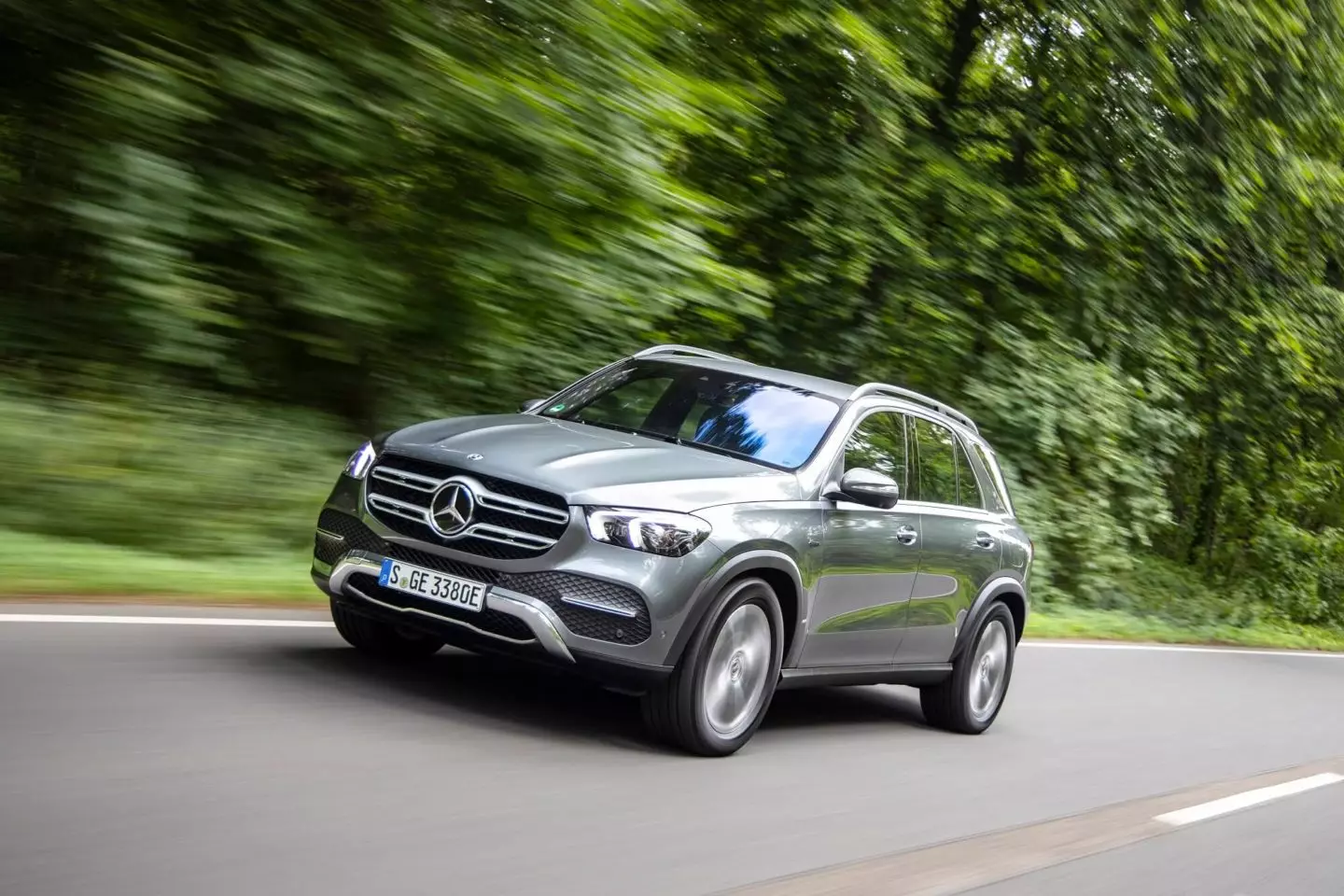
Mercedes-Benz GLE
The safety systems also responded effectively in situations where the driver is unable to regain control of the vehicle when the assisted driving systems are active, preventing a potential collision.
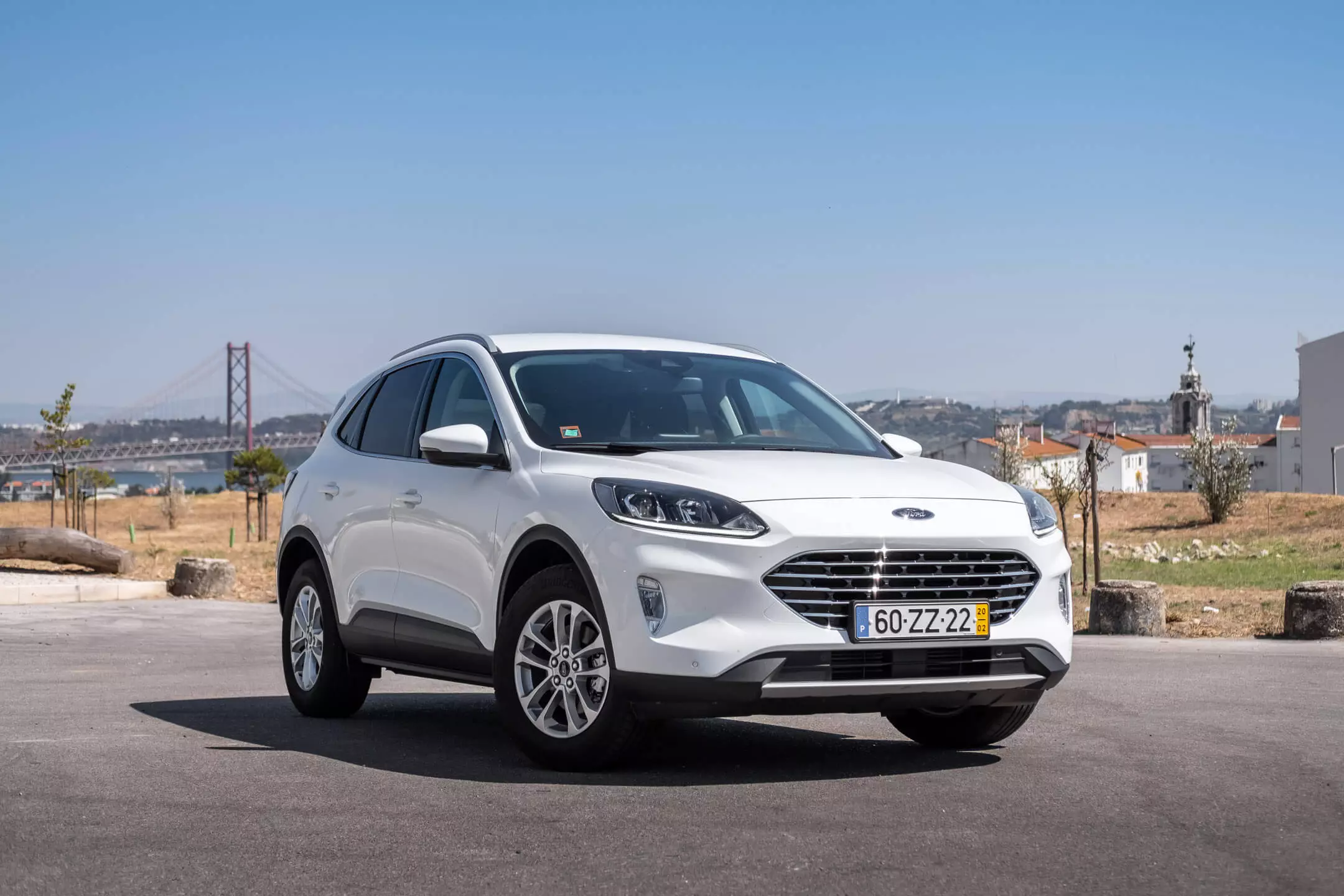
THE Ford Kuga it was the only one to receive the classification of Good, demonstrating that it is possible to have advanced, but balanced and competent systems in more accessible vehicles.
With a rating of Moderate we find the nissan juke, Tesla Model 3, Volkswagen Passat and Volvo V60.
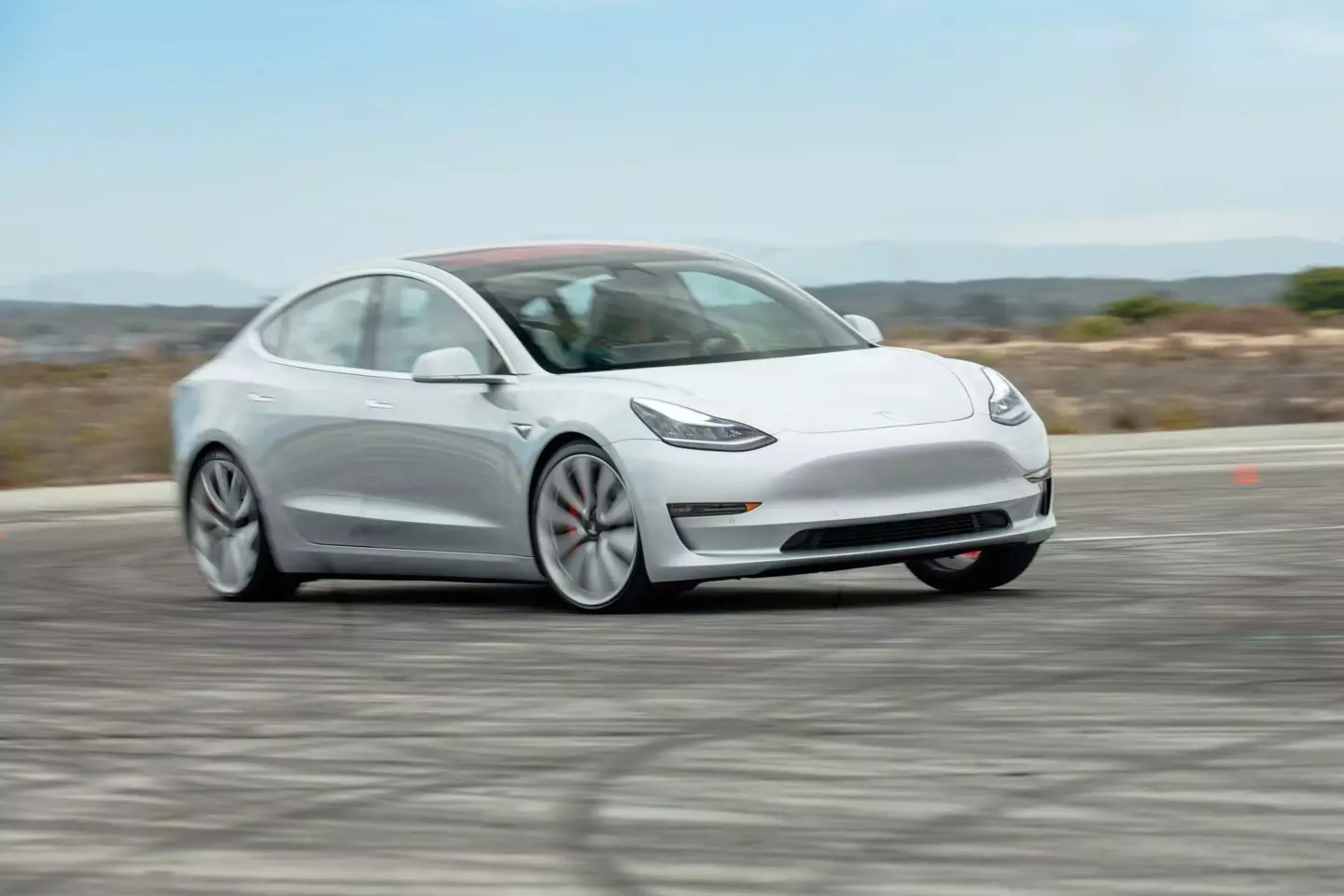
In the specific case of the Tesla Model 3 , despite its Autopilot — a name criticized for misleading the consumer about its real capabilities — having had an excellent rating in the technical skills of the system and in the action of security systems, it lacked the ability to inform, collaborate or alert the conductor.
The biggest criticism goes to the driving strategy that makes it seem like there are only two absolutes: either the car is in control or the driver is in control, with the system proving more authoritative than cooperative.
For example: in one of the tests, where the driver has to retake control of the vehicle to avoid a hypothetical pothole, traveling at 80 km/h, in the Model 3 the Autopilot “fights” against the driver's action on the steering wheel , with the system disengaging when the driver finally gets control. In contrast, in the same test on the BMW 3 Series, the driver acts on the steering easily, without resistance, with the system automatically reactivating itself after the end of the maneuver and returning to the lane.
Positive note, however, for the remote updates that Tesla allows, as it allows for a constant evolution in the effectiveness and action of its assisted driving systems.
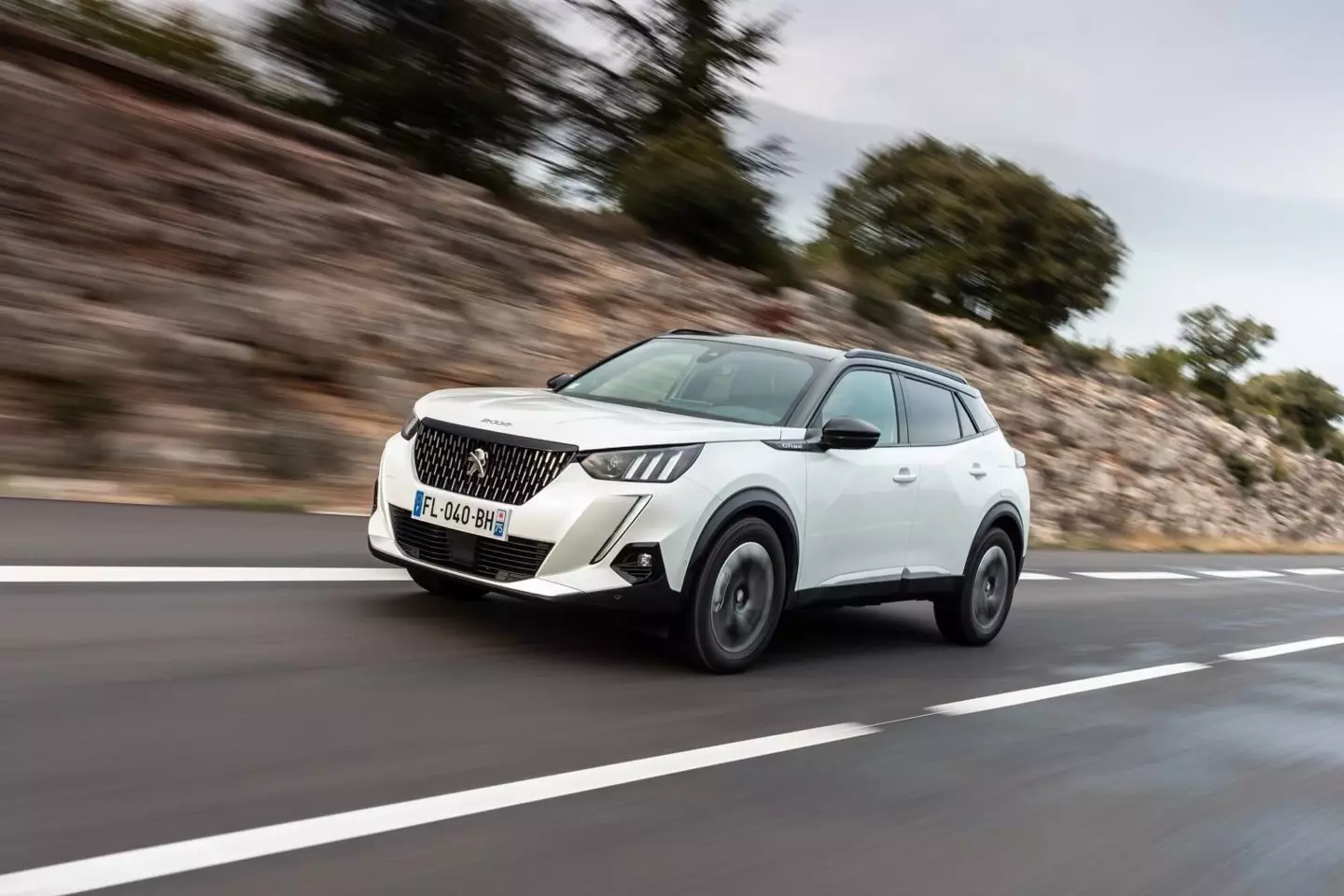
Finally, with an Entry rating, we find the Peugeot 2008 and Renault Clio , which reflect, above all, the less sophistication of their systems compared to others present in this test. They do, however, provide a modest level of assistance.
Dr. Michiel van Ratingen, Secretary General of Euro NCAP"The results of this test round demonstrate that assisted driving is improving rapidly and is more readily available, but until driver monitoring is significantly improved, the driver has to remain responsible at all times."
